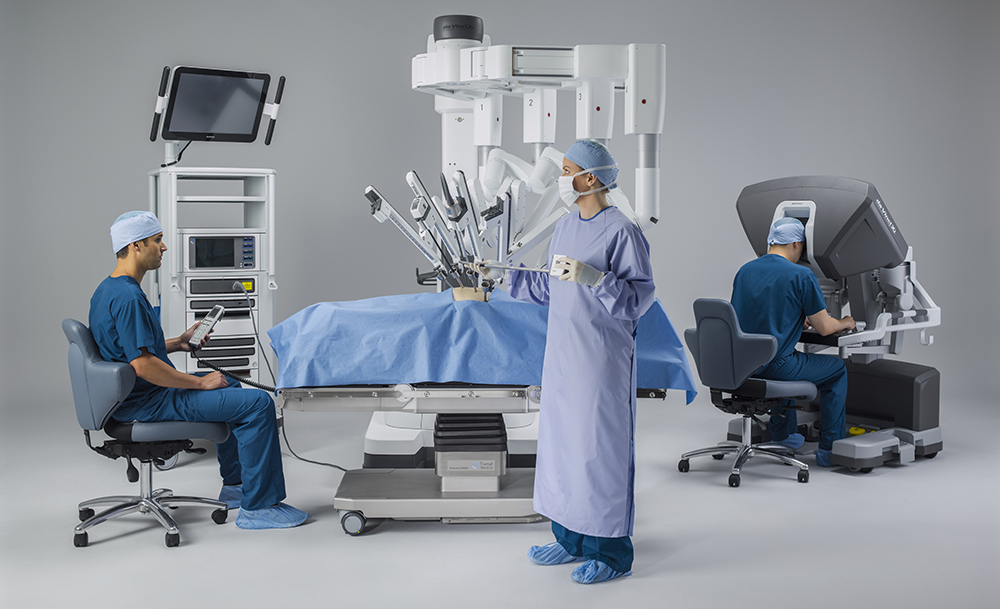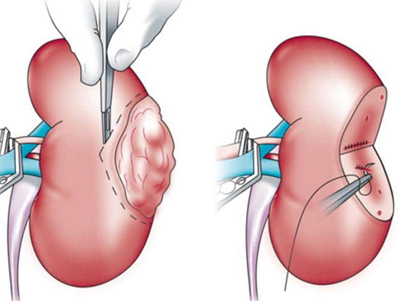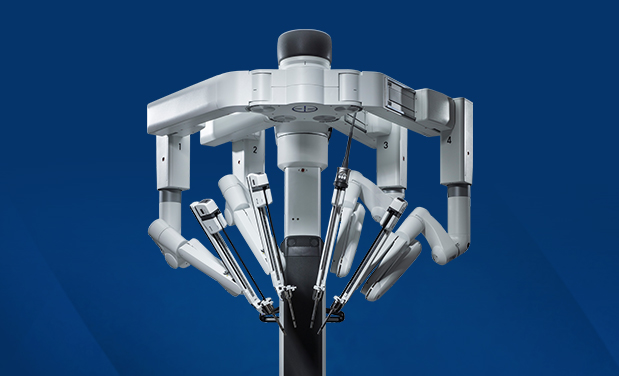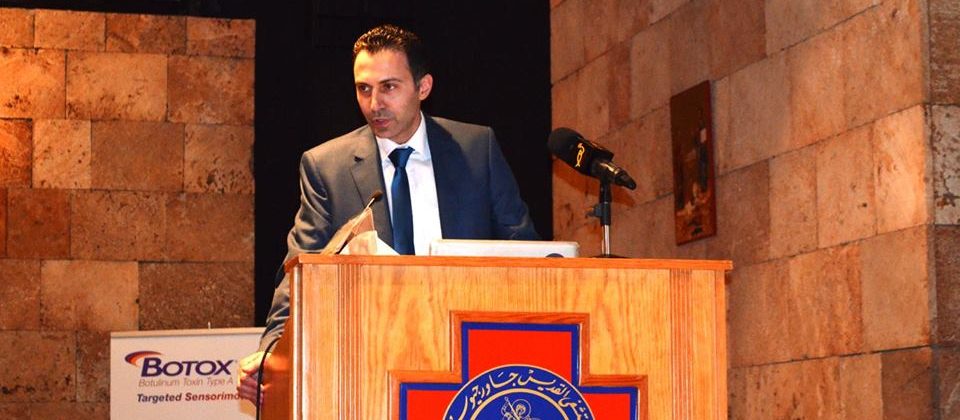Surgeries Through Robot

Robotic Surgery has been on the rise lately as a revolutionary tool in the field of medicine and surgeries. Its use has become the norm in many countries around the world. The term “Robotic Surgery” mainly refers to the case where surgeries are performed with the assistance of robotic systems allowing surgeons to perform […]
First Complex Robotic Assisted Partial Nephrectomy

Robotic Assisted Partial Nephrectomy What is Robotic Assisted Partial Nephrectomy? Robotic partial nephrectomy surgery consists of removing a part of a kidney, to treat cancer by preserving as much healthy kidney tissue as possible. Who needs a robotic partial nephrectomy? -Patient with small kidney tumor (<4 cm in size). -Patient with risk of kidney […]
Robotic Surgery Expert in Lebanon – Dr. Fouad Khoury

Dr Fouad Khoury, pioneer robotic surgeon in Lebanon and scientific director at OLV robotic surgery institute in Belgium, discussing at ORBIT TV the advantages of Robotic surgery and its innovations in the medical field.
Robotic partial nephrectomy expert in Lebanon | Dr Fouad Khoury

Robot assisted Partial Nephrectomy (RAPN) is a minimally invasive option for patients with small renal masses undergoing Partial Nephrectomy.
Robotic Surgery Congress in Lebanon Dr Fouad Khoury

Dr Fouad Khoury: President of the first robotic surgery congress in Lebanon and hosting Professor Alexandre Mottrie, CEO of ORSI academy, the largest robotic surgery training center in the world and President of the EAU Robotic Urology Section.
